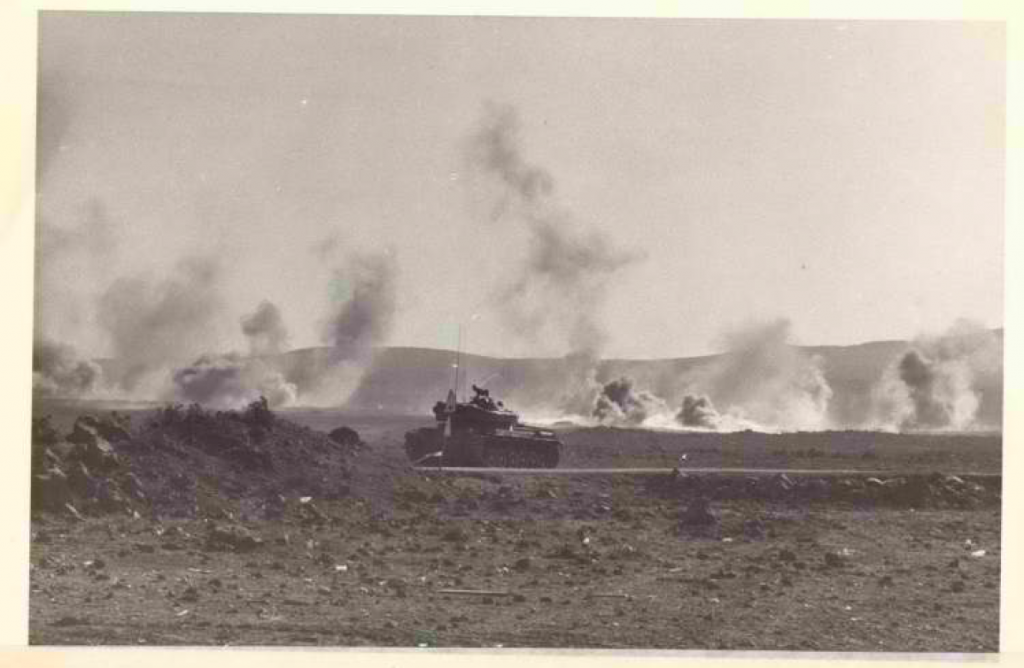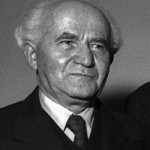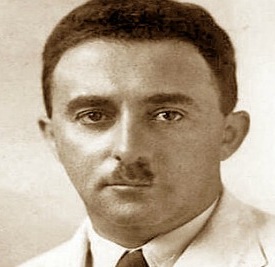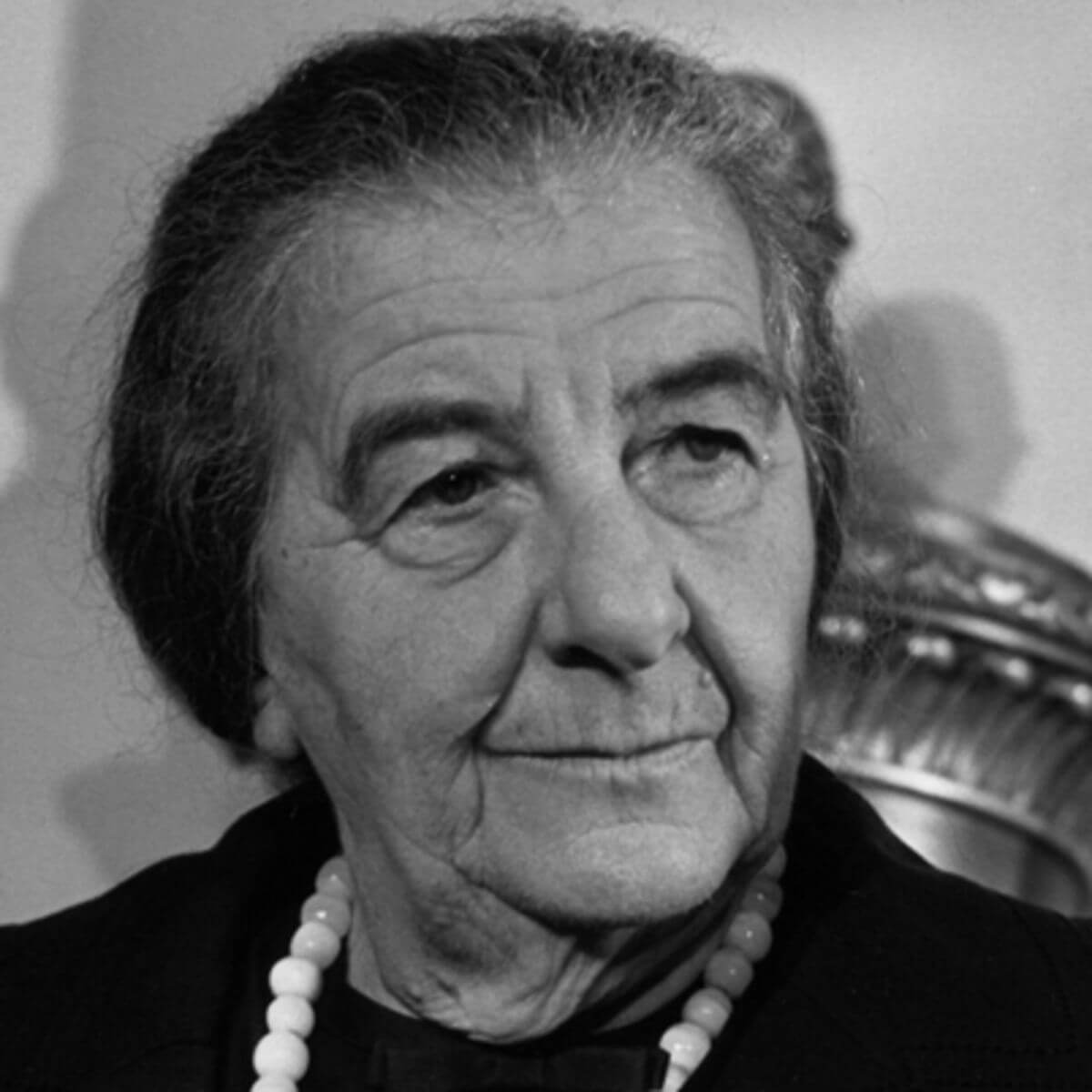In the early afternoon of Yom Kippur, the Day of Atonement, on October 6, 1973, alarm sirens interrupted the silence of the fast and the signal was given for the start of the Yom Kippur War, which has become a traumatic event in Israel’s history. Although the war ended with military victories, about 2,656 soldiers were killed, hundreds were taken prisoner and over 7,200 soldiers and civilians were injured. The fighting and its results were unbearably difficult for a country that, just a few months earlier, had celebrated its twenty-fifth independence day.

Israeli tanks under fire in the Yom Kippur War, Israel State Archives collection
On the fiftieth anniversary of the Yom Kippur War, the Israel State Archives is making available to the public a large collection of archival materials, many of them revealed for the first time. Thousands of files, containing hundreds of thousands of pages, document in real time events in all arenas: the political, the military, the international, the public and the civilian. These are reflected in the minutes of the government’s deliberations, in military-political consultations (the War Cabinet), in the meetings of the Knesset committees, in the correspondence of the Ministry of Foreign Affairs, in military, political and civilian documents, in testimonies, reports and discussions, and in situation assessments regarding the conduct of the war and civil defence and the organization of the home front during it. The collection also contains many photographs, sound recordings and films.
The collection, currently available only in its Hebrew version, provides a fascinating glimpse into the leaders’ decision-making process in conditions of uncertainty, the fighting on the various fronts, the contacts that took place, with US mediation at the end of the war and after it, with Egypt and Syria, and the path that led to the signing of separation of forces agreements with Egypt and Syria, ending on May 31, 1974.
With the expiry of the legal restriction period on viewing these materials, the staff of the ISA have worked to declassify and consolidate as much material as possible which can be made available to the public.
Alongside this collection, we are reissuing a publication on “The Story of the Yom Kippur War – Day by Day” which consists of 27 short chapters, each of them dedicated to the events of one or more days in the war. The documents presented in it shed light on how the government led the country and conducted the war in its political and military aspects. The publication was first presented in 2018, updated in 2021, and now, with the declasification of the new documents, makes possible a broader view of the events in their context. See here for an abridged English version.
The Archives has also issued a series of publications on the aftermath of the war – the separation of forces agreements with Egypt and Syria, and the Agranat Commission on the conduct of the war, which led eventually to the resignation of the government.
Alongside the collection, we also present an exhibition of photographs called “Then Grant Peace and Also Grant Strength” (a quotation from a song written by Naomi Shemer during the war, based on the Beatles’ “Let it Be”) . The exhibition brings together selected items from a collection of press photographs of the war, focusing on particular moments, on the soldiers in the field, on the wounded and prisoners, on the efforts of the home front, on the demonstrations during and after the war, and on dealing with bereavement.
We hope you will find it interesting.
September 2023




